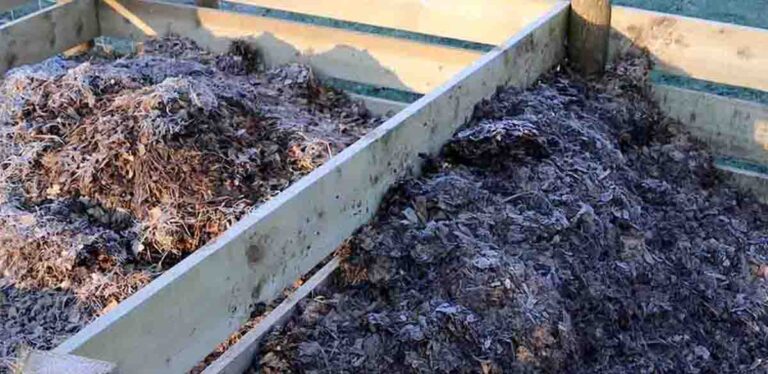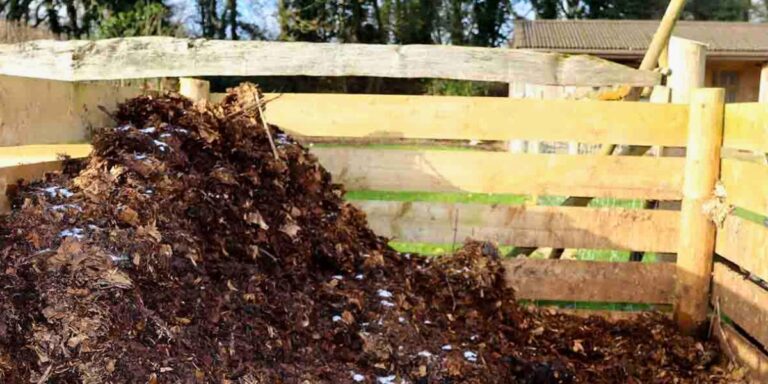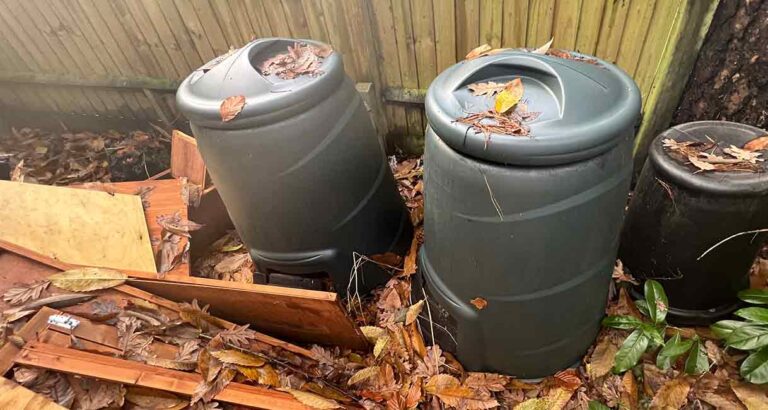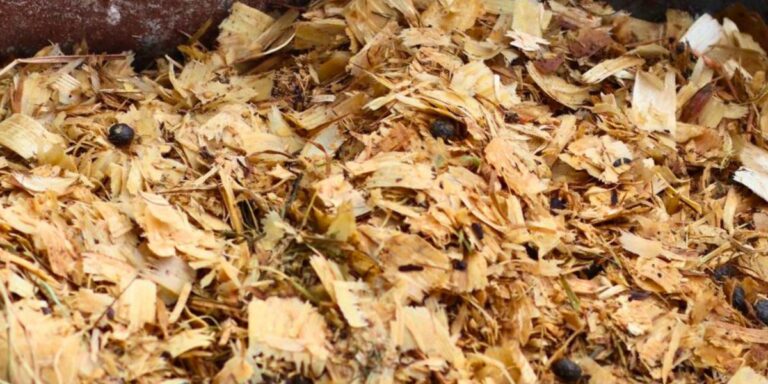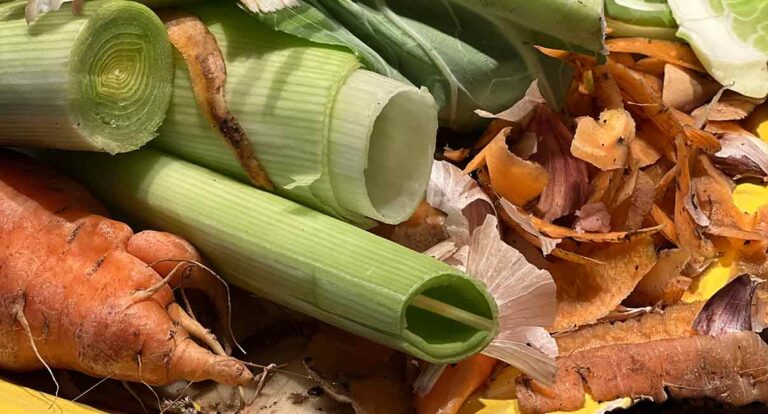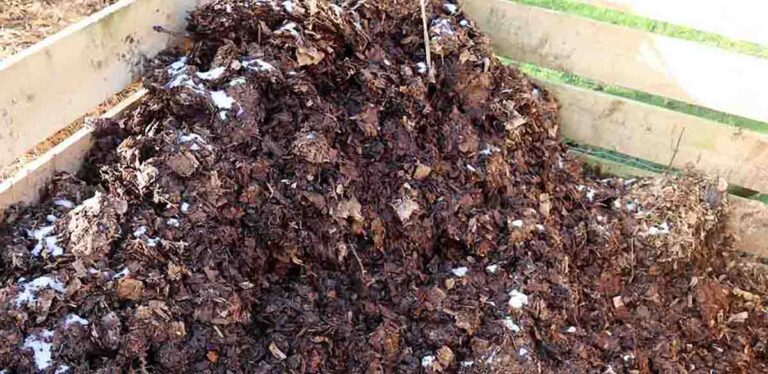How To Stop Your Compost Pile Attracting Pests
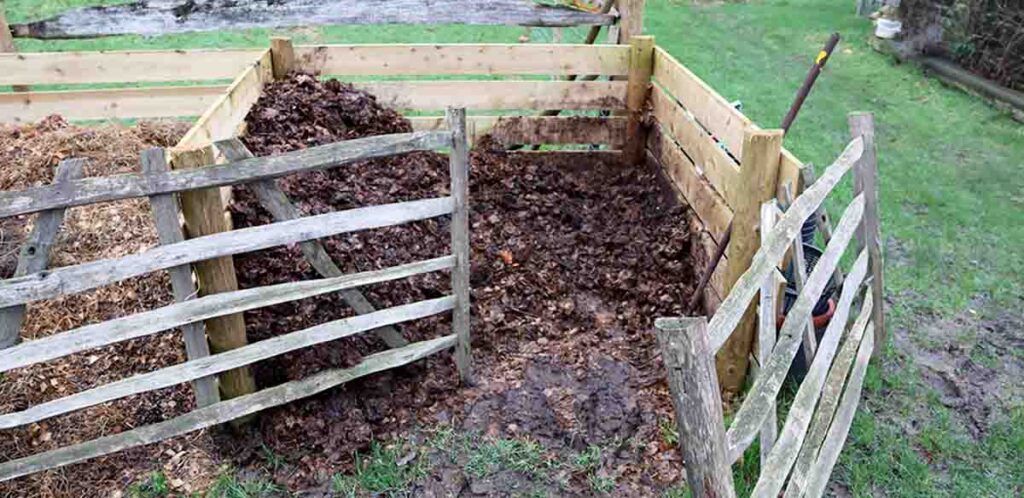
Has your compost pile become home to more than just your vegetable peelings? Or is not knowing how to stop your compost pile attracting pests putting you off even getting started? Pests aren’t an inevitable part of composting, and there are lots of tried and tested ways for discouraging them. Here’s how to tell the pests from the beneficial visitors to your compost heap, and how to defend your composter against unwanted invaders.
- Why does compost attract pests?
- How to stop your compost pile attracting pests
- Rodents and racoons
- Flies and maggots
- Wasps
- Ants
- Slugs and snails
- Pot worms
- Pests that aren’t pests
Why compost attracts pests
Compost piles can be magnets for all kinds of animal species. Usually, they’re lured in by the prospect of something to eat, or a sheltered spot to make a nest. Some of them will actually help turn your pile into compost quicker, and move on of their own accord when the job is done. But some of them are a downright nuisance. The pests you’re most likely to encounter depend somewhat on the type of composter you’re using. Racoons and rodents tend to be found in open piles, foraging for snacks. Whilst wasps are more likely to be found building a nest in a neglected plastic composting bin.
Most pest species, even including rats, aren’t a problem if you’re only seeing them occasionally. Compost piles are rich ecosystems, which play host to all kinds of critters passing through. Pests are only really a problem if they start to overpopulate your compost pile.
How to stop your compost pile attracting pests
A healthy, efficient compost pile is remarkably self-regulating. Quite often, a sudden increase in bugs or vermin isn’t just a pest problem – it’s a sign of a composting problem too. A classic example of this is too much green material in your heap, or too much water from rainfall that has nowhere to drain away, causing anaerobic bacteria (which don’t need oxygen) to outcompete aerobic bacteria (which do need oxygen). Anaerobic bacteria produces smelly ammonia gas, which attracts insects. The insects aren’t just a nuisance – they’re a symptom of the unfavorable composting conditions.
In fact lots of pests will ignore your compost heap altogether if you stick to a few simple principles:
- Add brown (carbon rich) and green (nitrogen rich) materials in roughly equal volumes.
- Add them in thin alternating layers, or mix them up before you add them to your pile.
- Keep your pile as damp as a freshly-wrung-out sponge.
- Don’t put raw or cooked meat, dairy, or dog or cat poop on your heap.
Now let’s take a look at the most common pest species that are attracted to compost heaps, and how to keep them away.
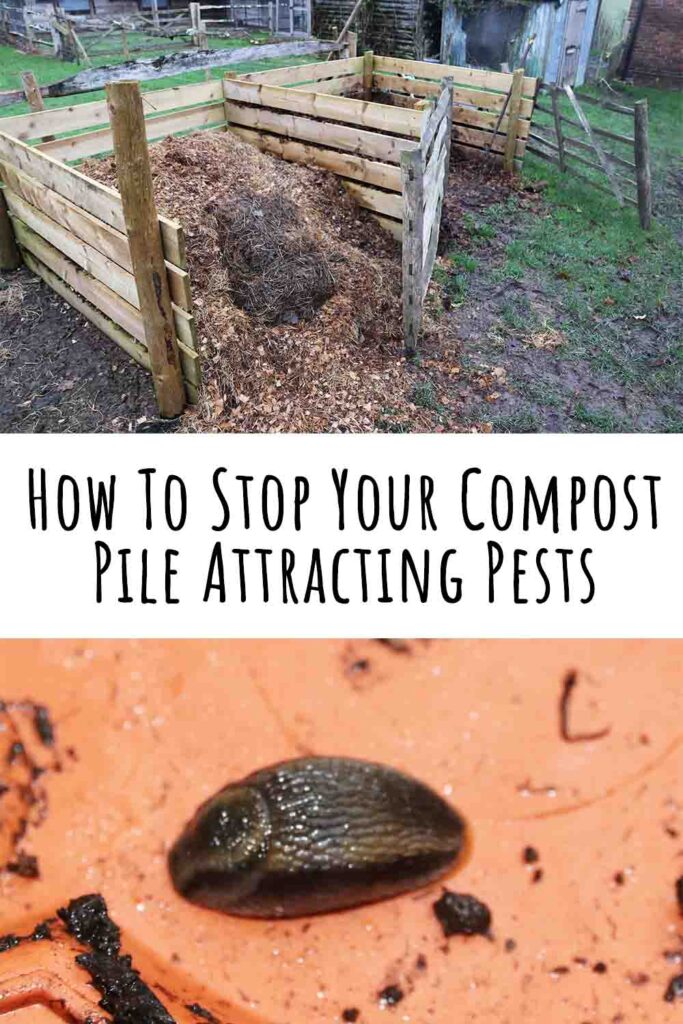
Rodents and racoons
The possibility of attracting rats, mice and raccoons is probably one of the most significant factors that puts people off establishing a compost pile. But they’re quite easily deterred from coming near your heap:
- Tend to your compost pile frequently – add new material, dig it out and turn it over, and leave items like shovels, forks and watering cans in a different position every time. Rats and mice are incredibly wary of change and unfamiliar things, so a compost heap that’s always changing is very unappealing to them.
- Don’t add foods that are worth the risk of exploring anyway, like meat, dairy, bread, and cake.
Flies and maggots
Not all flies that visit your compost pile are pests. And not all larvae are a bad sign either! For example, black soldier fly maggots (which we’ll come back to later) are helpful composting powerhouses. And fruit flies are a nuisance but a harmless one. But houseflies on the other hand are a most unwelcome pest – they can carry diseases such dysentery, which still affects nearly half a million people in the United States every year. To stop your pile attracting flies:
- Keep food scraps destined for the compost heap in a sealed container in your kitchen. Scraps left out on tables and worktops can be visited by flies and get infested with eggs before they even reach your composter!
- When you add fruit and veg to your compost pile, immediately cover it with a layer of brown material to conceal it from flies. Alternatively you can buy jute compost covers online and in garden centers.
- Lure flies away from your compost pile by putting out a bowl of apple cider vinegar with a drop of dish soap added to it. The smell of the vinegar will attract the flies more strongly than the scent of your compost pile, and they’ll drown in the bowl.
Maggots in your compost bin
Some local authorities offer a collection service for household food waste to be taken for composting. These containers can quickly become infested with maggots in warm weather. It’s important to keep the lids tightly shut to prevent flies getting access to lay their eggs,
What’s in the container isn’t actually composting, it’s just collected waste at this point and maggots are inevitable if you cannot exclude flies. You may find that this problem can be alleviated by triggered actual decomposition inside your container while it’s waiting for collection. For this you’ll need some carbon rich brown material to balance all the nitrogen rich plant matter you have in your bin. Torn up cardboard can work well. Tear a large box into small pieces and mix these into your waste. This will help support the aerobic bacteria that can then get to work on decomposing and breaking down the contents of the bin.
Wasps
Let’s face it, no one likes wasps. Which is a little unfair on them, since they play an important ecological role hunting other pest species that would otherwise eat our food crops. But really, we’d all rather appreciate that contribution from a distance. Wasps are a problem most commonly associated with neglected, static plastic composting bins, which they like to nest inside. To avoid your composter attracting wasps:
- Keep your pile active. Decomposition of organic matter in an active compost bin generates heat, which makes the inside of the bin unsuitable for wasps to nest in. Add brown and green material in thin layers to promote decomposition, and mix the contents of your composter regularly to keep the process going. You can buy composter ‘starters’ online and in garden centers for piles that a struggling to get going.
- Keep your pile damp. Humidity both drives away wasps in its own right, and also helps to sustain the decomposition process. You pile should feel as damp as a wrung-out dish cloth.
Ants
Ants may either visit a compost pile for food, or use it as the location for a constructing a nest. But they’re unlikely to do both in the same heap. Compost piles with lots of fresh food scraps attract meal-seeking ants, whilst abandoned, dry, old compost heaps are more suitable for making a nest in. To avoid ants using your heap for either purpose:
- Bury food scraps under brown material to hide it from foraging ants.
- Keep the pile damp – humidity drives ants away.
- Turn your pile frequently. This not only disrupts nest-making, it promotes decomposition, which makes the environment too hot for nesting in.
- Increase the acidity of your pile by adding fresh oak leaves, pine needles and coffee grounds. Ants prefer an alkaline environment.
What about using diatomaceous earth?
Diatomaceous earth is an insecticide powder consisting of sharp little pieces of fossilized algae. It’s very effective at controlling unwanted insect populations by damaging their exoskeleton, so that they dry out and die. But before you sprinkle it on your compost to deter ants or other creepy crawlies, bear in mind it will also kill the beneficial bugs and beasties that are helping to digest your compost pile. It can also harm the natural invertebrate populations in the soil where you apply your compost later. In other words, it’s best used in a very restricted, highly targeted way.
Slugs and snails
Slugs and snails occupy a funny place in composting. On the one hand, they make a helpful contribution to the decomposition process. They munch through and break down the organic matter on your heap, helping to turn it into humus. But on the other hand, they also leave eggs behind. And the problems begin if those eggs hatch next to your precious seedlings later! So lots of gardeners would rather they didn’t treat the compost pile like a hotel. The best way to discourage them is to keep your pile slightly on the dry side – slugs and snails prefer damp conditions.
- Make sure you incorporate plenty of brown material alongside the green material.
- Dig it out and turn it over frequently, to introduce air into the pile.
- Cover open compost piles in wet weather.
- If a plastic composter starts getting wet (rather than just damp) inside, leave the lid off for a day or two.
Pot worms
Pot worms look like regular earthworms, but smaller, and white. They live a similar life to the red and pink worms we’re more familiar with – hiding from the light, chomping their way through dead organic matter. They’re not actually a pest in the sense of being harmful to you or your compost pile. But they do prefer wet conditions, which means an explosion of pot worms in your compost is a sign that it’s probably too soggy for efficient aerobic digestion. To prevent your pile attracting pot worms:
- Cover it over in wet weather.
- Incorporate dry brown materials like dead leaves or straw. These both soak up water, and improve the structure of the pile so that rainfall can drain through it more efficiently.
- Keep your pile slightly alkaline, by adding wood ash, or ground up egg shells.
Pests that aren’t pests
If a particular pest you’re worried about hasn’t been covered yet, it’s probably because they’re not really a pest! Some surprising species are actually beneficial to your compost heap (or at least harmless), and there’s no need to worry about keeping them away.
- Pillbugs, earthworms, and beetles. These are all detritivores, meaning they’re going to help break down the organic matter you’ve added to your pile, and turn it into nutrient rich humus. They will leave of their own accord when the compost is fully cured.
- Cockroaches. Yes really! Cockroaches are voracious detritivores, who will help reduce your pile to compost in record time. Make sure your pile is positioned a good distance from your house, and there’s no reason they will try to come indoors.
- Black soldier fly larvae. Black soldier fly larvae look like maggots but they are actually ravenous waste digesters and suppress unwanted house flies and blow flies by outcompeting their larvae. They are larger and firmer looking than house fly maggots, and they start out white and gradually get darker. They also have a distinctive black dot at one end of their body (their head!)
- Earwigs, millipedes, centipedes. These critters don’t make a direct contribution to composting, but they do feast on other pest species, like aphids and baby snails. It’s likely they’re only in you compost heap for shelter, so don’t worry about shooing them away.
Summary
Lots of people worry about a compost pile attracting pests. That’s normal and understandable. But a well-maintained compost heap is not really very attractive to pests at all.
Some of the advice for discouraging pest species can feel contradictory: make it damper to deter ants, but drier to deter slugs and snails. Make it more acidic to deter ants, but more alkaline to discourage pot worms. The key is to start from a position of trying to achieve balance, and then making small tweaks according to the specific pest control concerns you have. Make changes incrementally, so that you don’t lurch from attracting one type of pest, to attracting a different, equally unwelcome one instead!
Let us know what compost pests you need to be vigilant against in your yard using the comments box down below!

